Introduction

Parakeet birds, also known as budgerigars, are small and colorful parrots native to Australia. With their vibrant plumage, playful nature, and ability to mimic human speech to some extent, parakeets have become popular pets worldwide. In this blog post, we will explore the world of parakeet birds, shedding light on why they are beloved companions for many bird enthusiasts. Additionally, we will address a common question among prospective parakeet owners: How much does a parakeet bird cost?
Parakeets are highly sought after as pets due to their striking appearance, sociable personalities, and ability to mimic human speech. Their wide range of colors, from bright yellows and blues to soft greens and grays, adds vibrancy to any living space. These curious and playful birds enjoy interacting with their human companions and can form strong bonds with them.
Moreover, parakeets are relatively low-maintenance pets, making them suitable for individuals and families alike. They require a cage with ample space, a balanced diet consisting of seeds, pellets, fruits, and vegetables, regular cleaning of their living environment, and some interactive toys to keep them mentally stimulated. Their smaller size compared to larger parrot species also makes them ideal for those with limited living space or allergies to dander.
In this blog post, we aim to provide comprehensive information about parakeet birds, focusing on the question of their cost. We will delve into the various factors that influence the price of a parakeet, such as breed, age, gender, and color mutations. Additionally, we will address the additional costs associated with owning a parakeet, including expenses for food, cage, toys, and veterinary care.
By the end of this article, you will have a better understanding of parakeet birds, their popularity as pets, and the financial considerations involved in acquiring and caring for one. So let’s embark on this journey to discover the world of parakeets and answer the question: How much is a parakeet bird?
Varieties of Parakeets
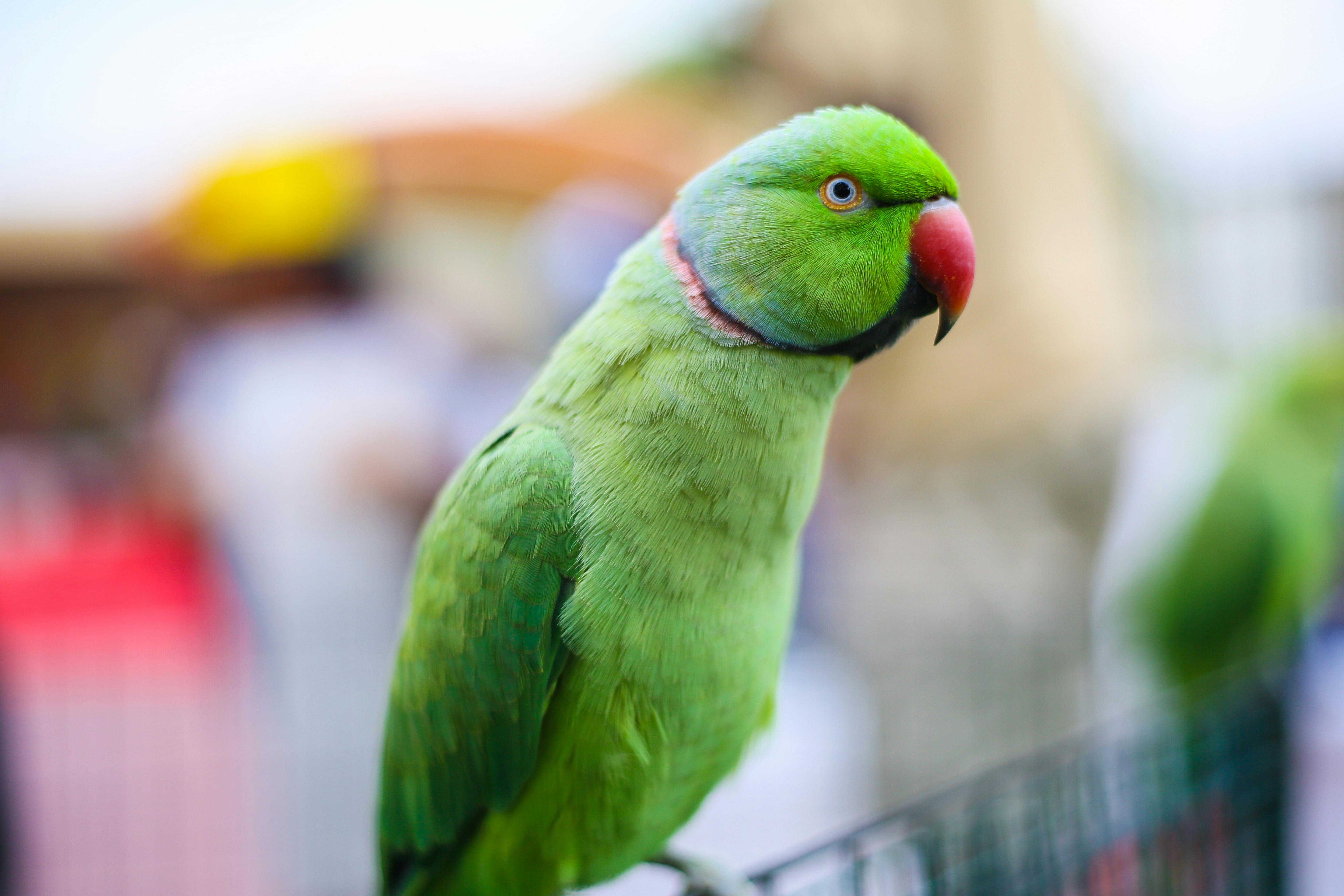
Parakeets are captivating and diverse birds that belong to the family Psittacidae, which includes parrots, cockatoos, and macaws. They come in various types, each possessing its own unique characteristics and traits. Understanding the different varieties of parakeets can help you make an informed decision when choosing one as a pet.
Identifying the Different Types of Parakeets
-
Budgerigar (Melopsittacus undulatus): Also known as budgies or shell parakeets, they are the most common and popular type of parakeet. Native to Australia, budgerigars are renowned for their vibrant colors and playful nature.
-
Indian Ringneck Parakeet (Psittacula krameri): Native to parts of Africa and Asia, Indian Ringneck Parakeets are characterized by their striking ring-shaped markings around their necks and exhibit a remarkable array of colors.
-
Monk Parakeet (Myiopsitta monachus): Also known as Quaker parakeets, these birds originate from South America. With their vibrant green plumage, Monk Parakeets are visually stunning and highly social creatures.
-
Celestial Parrotlet (Forpus coelestis): Parrotlets are the smallest members of the parrot family, and Celestial Parrotlets are native to South America. These tiny parakeets possess a charming personality and come in various shades of green and blue.
Factors to Consider When Choosing a Parakeet
When selecting a parakeet, consider the size, color, and personality of the bird. Parakeets vary in size, with budgerigars being slightly larger than other types. Take into account the available space in your home and the level of interaction you desire. Explore the different hues and patterns available to choose a color that resonates with you. Parakeets exhibit distinct personalities, ranging from outgoing and sociable to calm and reserved. Consider your own personality and lifestyle to find a parakeet whose temperament aligns with your preferences.
Now that we’ve explored the fascinating world of parakeet varieties and the factors to consider when choosing one, let’s delve into the next section: the cost of parakeets.
Cost of Parakeets
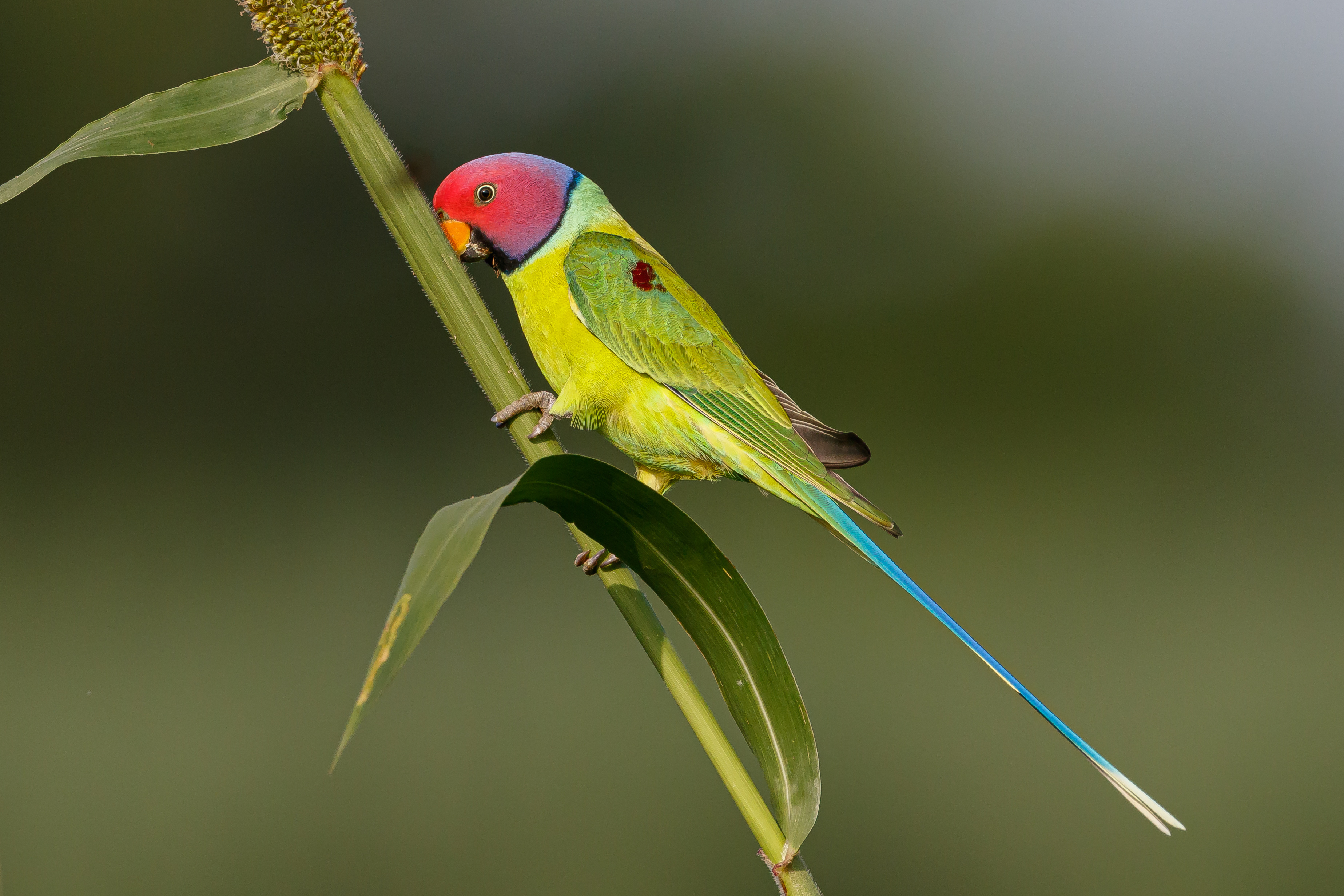

When considering the cost of parakeets, several factors come into play, including breed, age, and gender. Understanding these factors can help prospective parakeet owners make informed decisions about their purchase. Additionally, it’s important to consider the additional costs associated with owning a parakeet, such as food, cage, and veterinary care.
Factors Influencing the Cost of Parakeets
Breed
Different breeds of parakeets can vary in price. Popular breeds include Budgerigars (common parakeets), English Budgies, and American Budgies. The rarity or exotic nature of certain breeds may contribute to their higher price due to limited availability. Researching various breeds and their characteristics can help determine which one aligns with your preferences and budget.
Age
The age of a parakeet can also impact its price. Generally, younger parakeets that have recently been weaned are more expensive than older ones. However, older parakeets that have undergone training or possess unique characteristics may have a higher price tag. Consider your level of experience and willingness to invest time in training when deciding on the age of your parakeet.
Gender
Male and female parakeets may have different prices, with females often being more expensive. This is because female parakeets have the potential for breeding, which increases their value to breeders. If breeding is not a priority for you, choosing a male parakeet may be a more cost-effective option.
Average Cost of a Parakeet
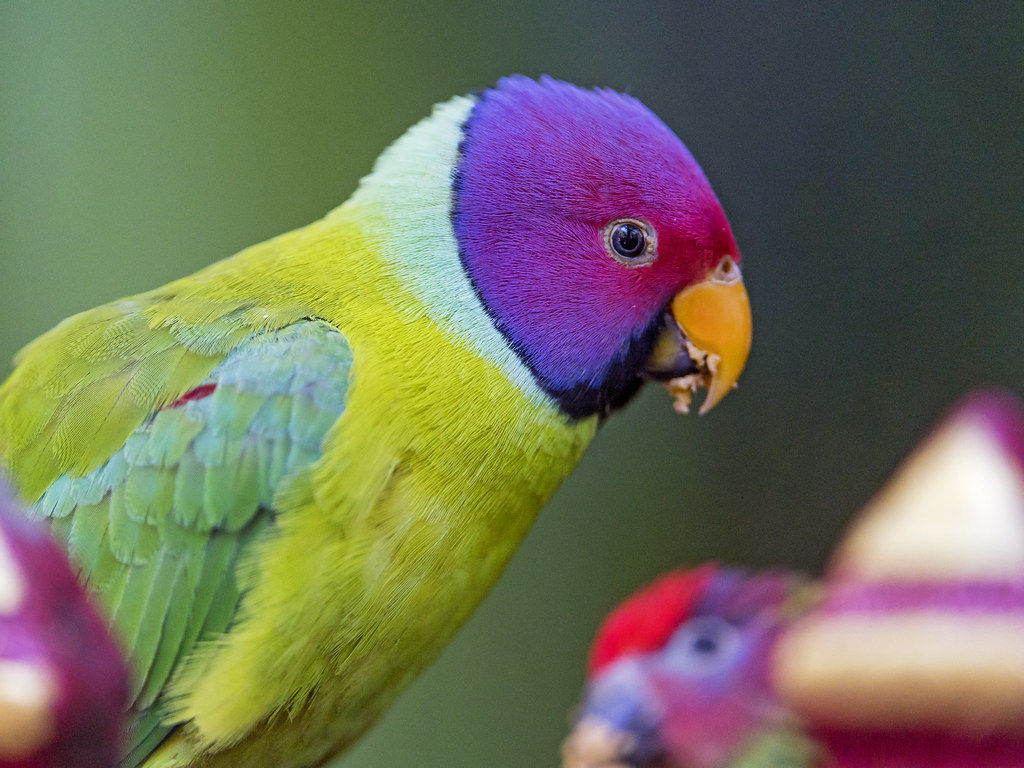
The average cost of a parakeet can vary depending on location and other factors. On average, a pet parakeet can range from $20 to $50. However, certain factors, such as breed rarity or specific characteristics, can significantly impact the price. Checking local pet stores, breeders, and online marketplaces can help compare prices and find the best deal.
Additional Costs
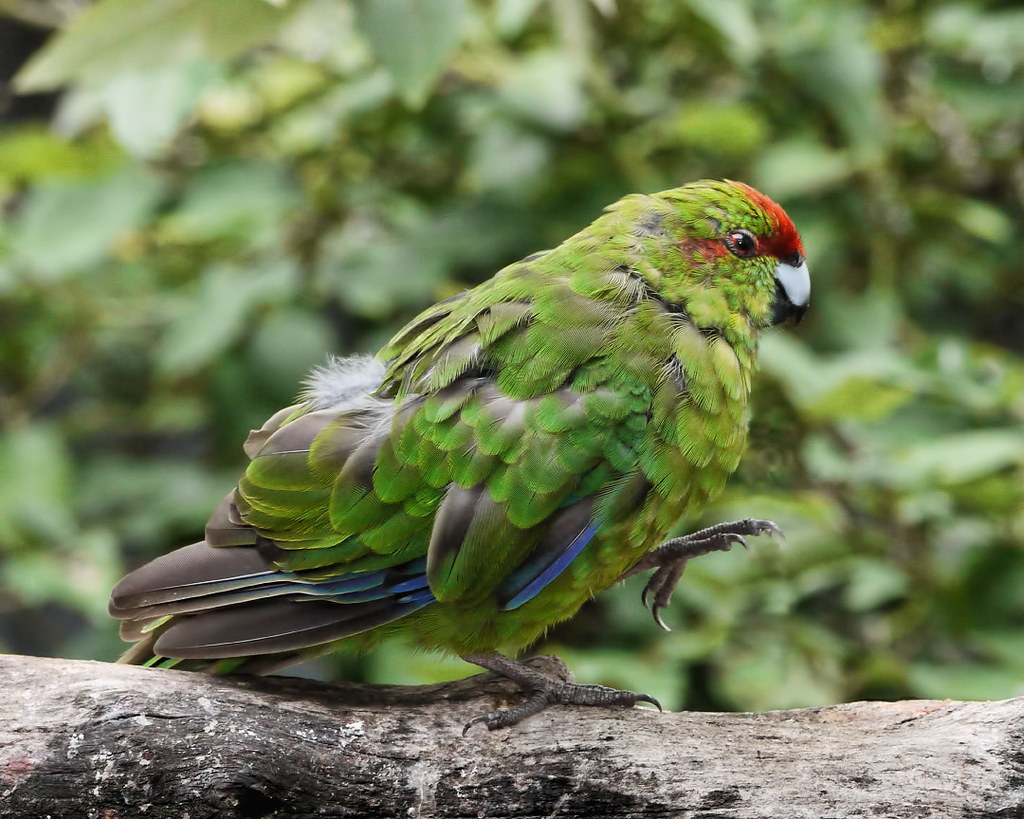
In addition to the initial purchase cost, prospective owners should consider the ongoing expenses associated with parakeet care.
Food
Parakeets require a balanced diet consisting of seeds, pellets, fruits, and vegetables to maintain their health and well-being. The cost of food will depend on the quality and brand chosen, typically ranging from $10 to $20 per month. Providing a varied diet ensures proper nutrition for your feathered friend.
Cage
A suitable cage is essential for the comfort and safety of your parakeet. The cost of a cage can vary depending on its size, quality, and additional features. Investing in a cage that provides enough space for your parakeet to move around and exercise is recommended. Prices for parakeet cages typically range from $50 to $100 or more, depending on the specifications.
Vet Visits
Regular veterinary care is crucial for maintaining the health of your parakeet. Routine check-ups and vaccinations can help detect and prevent potential health issues. The cost of veterinary visits may vary depending on your location and the services provided. Budgeting for annual check-ups and considering pet insurance to cover unexpected medical expenses is advisable.
By considering the factors that influence the cost of parakeets, understanding the average price range, and accounting for additional expenses, prospective parakeet owners can make informed decisions and provide optimal care for their feathered companions. In the next section, we will explore various options for purchasing parakeets, including pet stores, breeders, and online platforms.
Where to Buy Parakeets

![]()
When considering adding a parakeet to your family, you have several options for purchasing one: pet stores, breeders, and online platforms. Each option has its own advantages and disadvantages, so it’s important to weigh them carefully before making a decision.
Pet Stores

Pet stores are a popular choice for purchasing parakeets due to their convenience and immediate availability. They offer a variety of parakeet species, making it easier to find the right fit for your preferences. Some pet stores even allow customers to interact with the birds before making a purchase.
Pros:
- Convenience: Pet stores are easily accessible and provide a convenient option for purchasing a parakeet.
- Immediate availability: You can take home a parakeet immediately after purchase from a pet store.
- Potential for interacting with the bird: Some pet stores allow customers to handle and interact with the parakeets before making a purchase, helping you assess their temperament and compatibility.
Cons:
- Limited selection: Pet stores may have a more limited variety of parakeet species compared to breeders or online options.
- Health concerns: Parakeets available at pet stores might come from commercial breeders, where health and breeding conditions may not be optimal.
- Lack of information: Pet store staff may not have in-depth knowledge about parakeets or be able to provide detailed guidance on care, training, and behavior.
Breeders
Buying from a reputable breeder is another option worth considering when purchasing a parakeet. Breeders specialize in breeding and raising healthy parakeets, providing several benefits that might appeal to potential owners.
Pros:
- Quality and health: Reputable breeders prioritize the health and well-being of their birds, ensuring a higher chance of getting a healthy parakeet.
- Knowledge and guidance: Breeders often have extensive knowledge about parakeets and can offer valuable guidance on care, training, and behavior.
- Potential for specialized parakeets: Some breeders focus on breeding specific parakeet varieties, providing opportunities for acquiring unique and well-socialized birds.
Online Platforms
In recent years, online platforms have gained popularity as a convenient way to purchase parakeets. They offer a wide selection of parakeets from various breeders and sellers. However, it’s crucial to exercise caution and research the credibility of the sellers before making a purchase.
Pros:
- Extensive variety: Online platforms provide access to an extensive range of parakeet species, colors, and variations.
- Nationwide availability: Online platforms give you the opportunity to connect with sellers from different regions or even countries, expanding your options.
- Customer reviews and ratings: Online platforms often feature customer reviews and ratings for sellers, allowing you to assess their reputation and reliability.
Cons:
- Risk of scams and unethical practices: Online platforms can be susceptible to fraudulent sellers or unethical practices. It’s important to thoroughly research and verify the credibility of the sellers before proceeding with a purchase.
- Lack of direct interaction: Unlike pet stores or breeders, online platforms don’t offer the opportunity for direct interaction with the parakeet before buying.
- Shipping concerns: If you’re purchasing a parakeet from a seller located far away, you’ll need to consider the logistics and potential stress associated with shipping the bird to your location.
Overall, the choice of where to buy a parakeet depends on your preferences, priorities, and comfort level with each option. Gather information, visit reputable sources, and consider the pros and cons before making a decision. Remember, the well-being and health of the parakeet should always be a top priority when choosing a place to purchase your new feathered friend.
Varieties of Parakeets
Parakeets, also known as budgerigars or budgies, come in a variety of colors and patterns. Some common varieties include:
-
Normal or Wild Type: Green body color with yellow head feathers and black markings on wings and back.
-
Lutino: Yellow body with red eyes and no black markings.
-
Albino: White body color, red eyes, and no black or gray markings.
-
Cinnamon: Warm brown coloration instead of green.
-
Opaline: Unique appearance with scalloped feather pattern.
When choosing a parakeet, consider:
-
Size: Parakeets are small birds, measuring around 7 inches in length.
-
Color: Choose from a variety of vibrant colors, such as green or striking yellow.
-
Personality: Each parakeet has its own personality, so observe them to find one that matches your desired level of interaction.
Cost of Parakeets
Factors influencing the cost:
-
Breed: Rare or specialized varieties may be more expensive.
-
Age: Younger parakeets tend to be pricier due to additional care needs.
-
Gender: Female parakeets are usually priced higher due to their ability to lay eggs.
Average cost of a parakeet ranges from $10 to $50, depending on the factors mentioned above. Additional costs include:
-
Food: Balanced diet of fresh fruits, vegetables, seeds, and pellets. Costs vary based on quality and brand.
-
Cage: Provide a comfortable cage ranging from $30 to $100 or more, depending on size and features.
-
Vet Visits: Budget for regular check-ups and preventive care.
Where to Buy Parakeets
Options for purchasing parakeets:
-
Pet Stores: Convenient with immediate availability, but limited variety and potential for less knowledgeable staff.
-
Breeders: Access to different varieties, breed-specific knowledge, and potential for better socialization. Higher cost and limited availability depending on location.
-
Online: Wider range of breeds and sellers, convenient browsing and comparing options. Lack of direct interaction and potential for scams or unreliable sellers.
Care of Parakeets
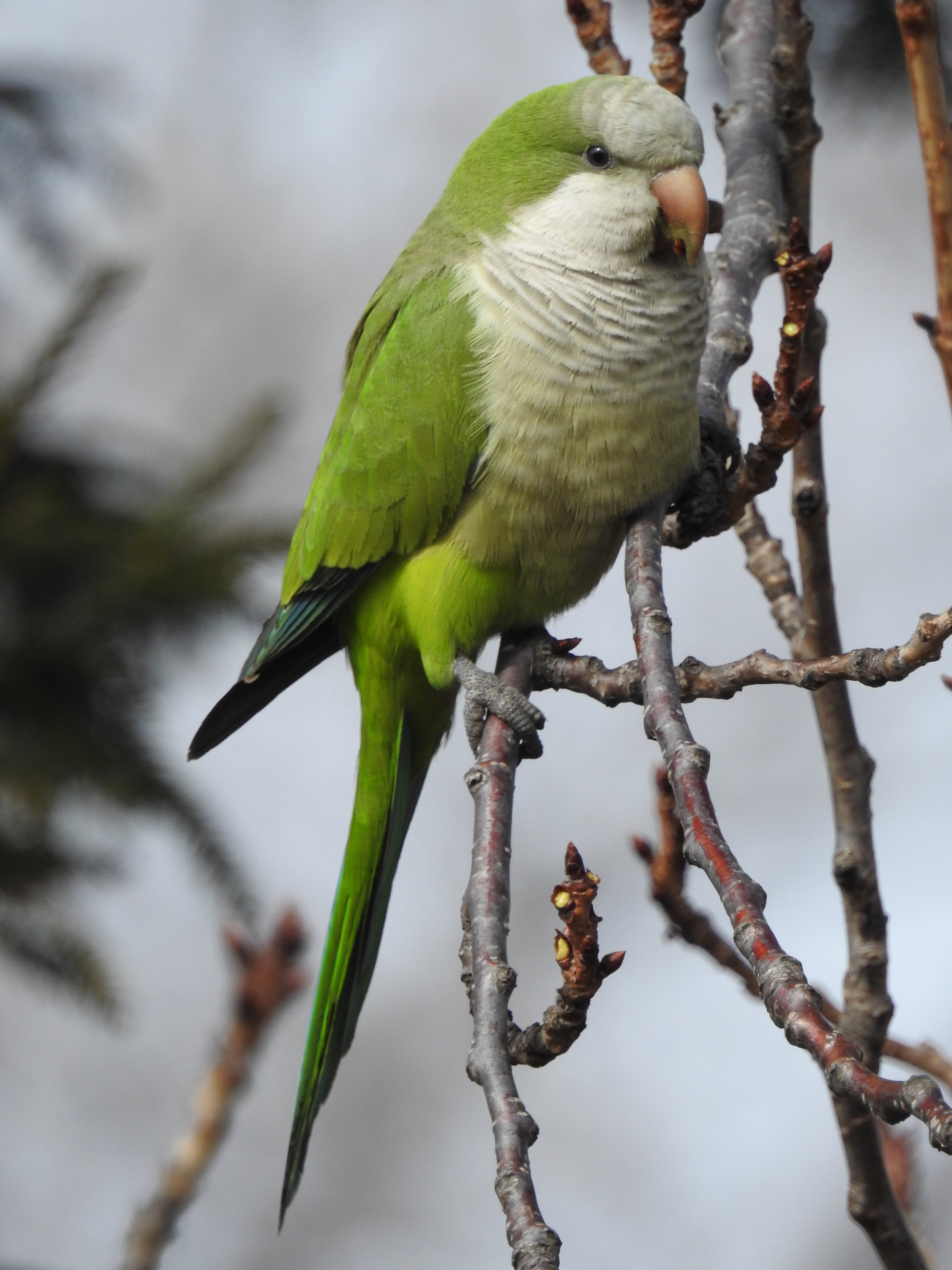
Basic Care
Diet: Provide a balanced diet of fresh fruits, vegetables, seeds, and pellets. Avoid harmful foods like avocado, chocolate, caffeine, alcohol, and high-salt or high-sugar items.
Housing: Offer a spacious cage with appropriate bar spacing, perches of different sizes and textures, and toys for entertainment.
Exercise: Allow parakeets time outside the cage to fly and stretch their wings. Consider a play gym or toys for additional exercise and mental stimulation.
Tips for Proper Care
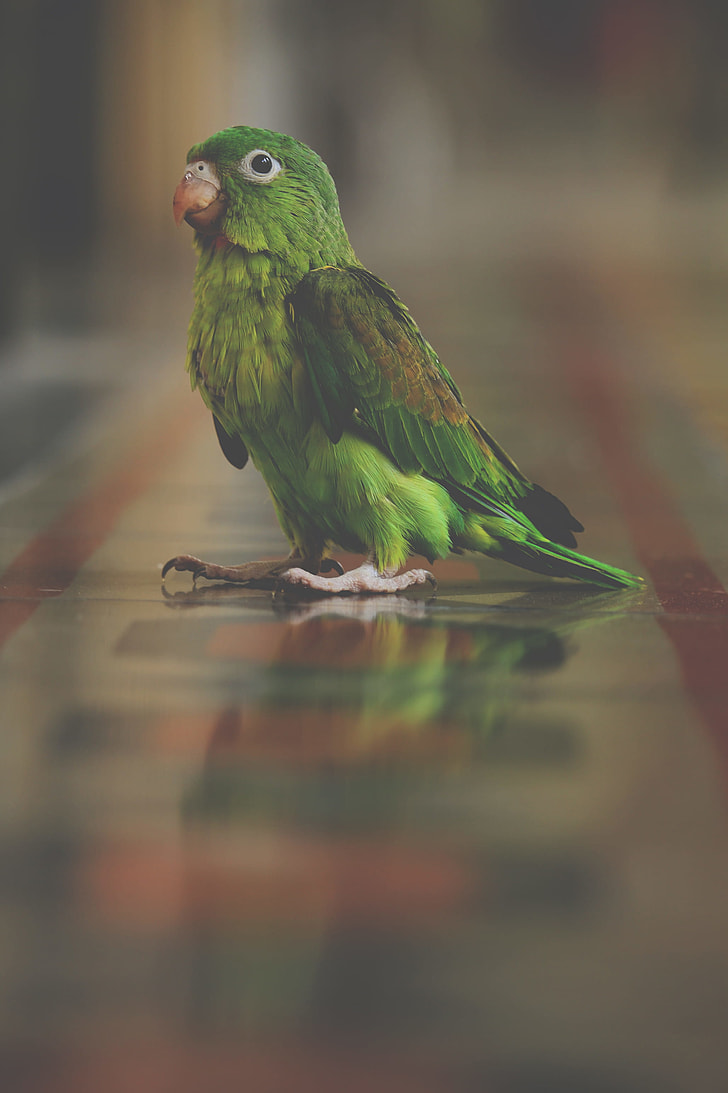
-
Socialization: Spend time with your parakeet daily, talking to them, offering treats, and providing gentle physical contact to build trust and strengthen the bond.
-
Grooming: Provide a shallow dish of clean water for bathing. Regularly trim nails and consult a veterinarian for beak trimming.
-
Veterinary Care: Schedule regular check-ups, vaccinations, parasite control, and preventive care. Seek prompt veterinary attention for signs of illness or abnormal behavior.
-
Mental Stimulation: Offer a variety of toys, puzzles, and interactive activities to prevent boredom. Rotate toys regularly to maintain interest.
Remember, providing a nurturing and stimulating environment, along with proper care and attention, contributes to the overall well-being and happiness of your parakeet.
Conclusion

In this blog post, we’ve explored the affordability of owning parakeets. Let’s recap the key points discussed and share some final thoughts on these delightful companions.
Summary
We began by providing an overview of parakeets and answering the question, “How much is a parakeet bird?” We discussed the different varieties available, factors to consider when choosing one, and their average cost.
Next, we explored the factors influencing parakeet costs, such as breed, age, and gender. We also discussed additional expenses like food, cages, and vet visits. We provided insights into where to buy parakeets, including pet stores, breeders, and online sources.
Moving on, we covered essential care for parakeets, including their diet, housing requirements, and exercise needs. We shared valuable tips on ensuring their overall well-being.
Final Thoughts on Parakeets and Ownership Costs
Parakeets are affordable pets, making them accessible to individuals and families interested in pet birds. However, it’s important to consider ongoing expenses.
While the initial purchase price is relatively low, there are recurring costs to account for. Monthly or yearly expenses for food, bedding, toys, cage maintenance, and routine vet check-ups should be budgeted. It’s crucial to be financially prepared for these ongoing expenses.
Moreover, budgeting for potential veterinary costs is essential. Although parakeets require minimal vet care, routine check-ups, vaccinations, and emergency care should be considered.
In conclusion, parakeets are not only delightful companions but also relatively affordable pets. By understanding the factors influencing their cost and budgeting for ongoing expenses, prospective owners can embark on a rewarding journey. With the right care and attention, these charming birds can bring joy, companionship, and a touch of nature into our lives.
Frequently Asked Questions
What is the average cost of a parakeet bird?
The average cost of a parakeet bird ranges from $10 to $50, depending on factors such as breed, age, and gender.
Are female parakeets more expensive than males?
Yes, female parakeets are often more expensive than males. This is because female parakeets have the potential for breeding, which increases their value to breeders.
How much should I budget for ongoing expenses for a parakeet?

Ongoing expenses for a parakeet include food, cage, toys, and veterinary care. Budgeting around $10 to $20 per month for food, $50 to $100 or more for a cage, and setting aside funds for routine veterinary check-ups is advisable.
Where can I buy a parakeet bird?
Parakeet birds can be purchased from pet stores, breeders, and online platforms. Each option has its advantages and disadvantages, so it’s important to weigh them carefully and choose a reputable source.
What factors should I consider when choosing a parakeet?
When choosing a parakeet, consider factors such as size, color, and personality. Assess the available space in your home, the desired level of interaction, and the temperament that aligns with your preferences and lifestyle.

Leave a Reply